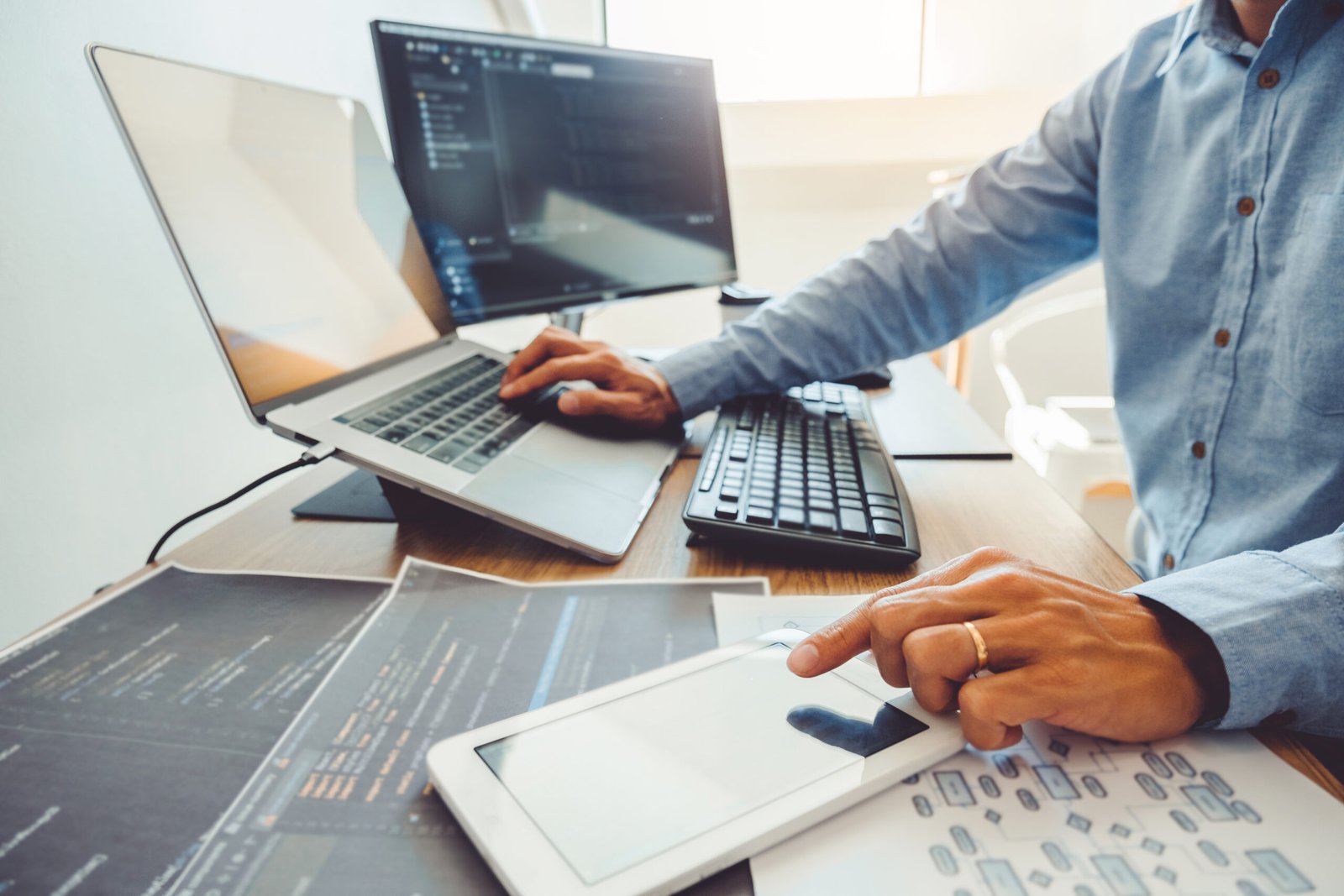Description
1. Computer and its construction
1.1. Security of data storage (security copies, their goals, applying solutions, strategies of creating copies).
1.2. Processor running, multicore processors, construction of modern processors, processor handy memory.
1.3. Auditors’ memory and their place in computer architecture.
2. Peripheral devices
2.1. Operating, parameters and settings of displaying devices (displaying devices, technologies of displaying depending on application).
2.2. Modems and their types
2.3. Popular types of connection of peripherals with a computer.
3. Networks
3.1. Network devices and their application (differentiation of active and passive network devices).
3.2. Topologies of networks.
3.3. Transmission in networks (popular protocols of transmission, ports).
3.4. Issue of network addressing IPv4, IPv6.
4. Operating system
4.1. A role of operating system in operating memory management.
4.2. Responsibility of operation system for operation of recording, reading and deleting data on data storage device.
4.3. System managing commends in text mode.
5. Software
5.1. Customized software (designed, modelled, produced and supported to order)
5.2. Exemplary standards of software designing and quality of software







